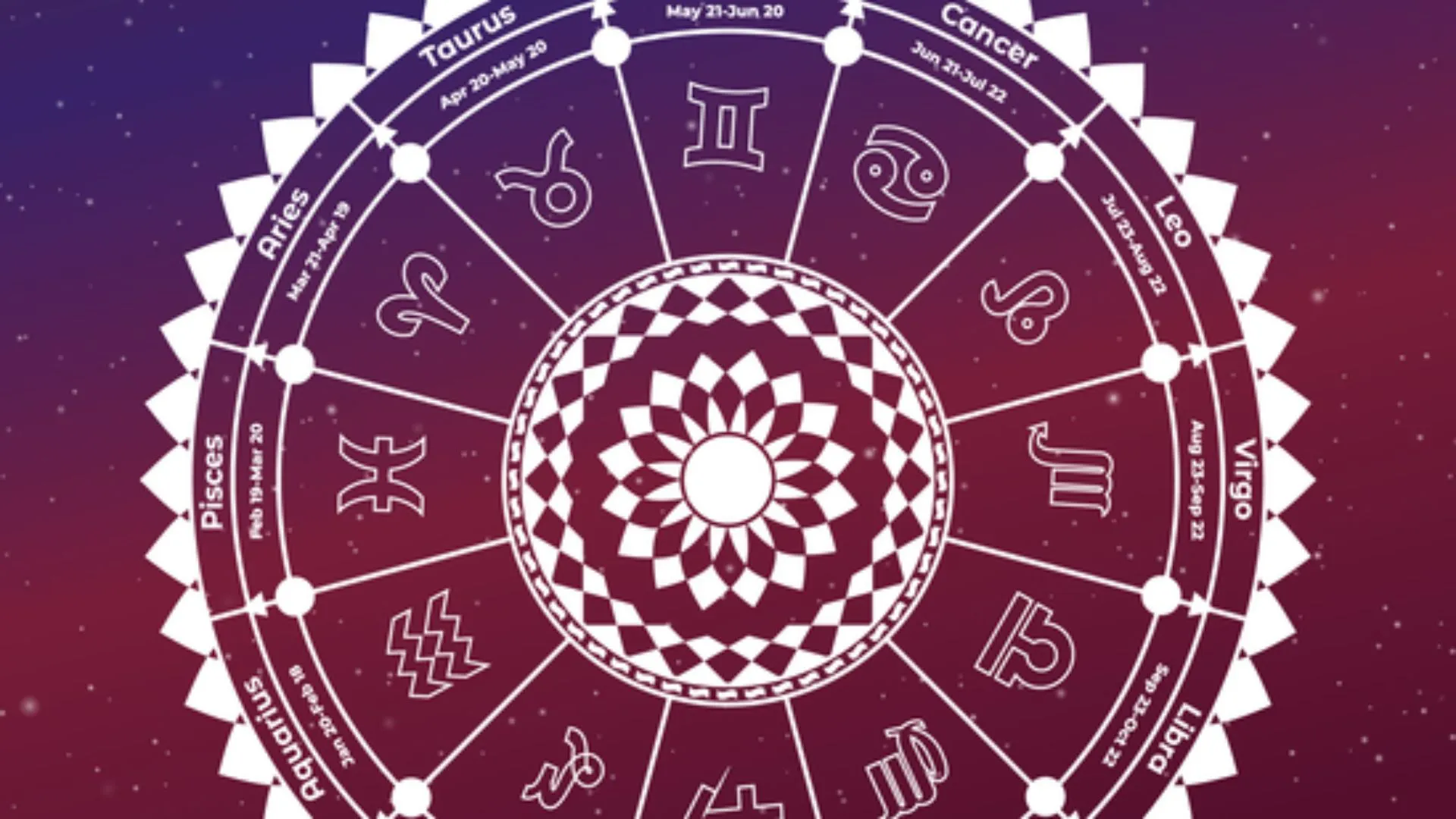Prepare to witness a stunning celestial display as the Perseid meteor shower, one of the most awe-inspiring events of the summer night sky, approaches its peak. In 2024, the Perseids will be active from July 17 to August 24, with the peak expected to occur overnight from Monday, August 12, to Tuesday, August 13, according to The Guardian. Dubbed the “best meteor shower of the year” by NASA, the Perseids can produce about 50 to 100 meteors per hour under optimal viewing conditions.
”With swift and bright meteors, Perseids frequently leave long “wakes” of light and colour behind them as they streak through Earth’s atmosphere. The Perseids are one of the most plentiful showers with about 50 to 100 meteors seen per hour. They occur with warm summer nighttime weather allowing sky watchers to comfortably view them,” NASA said.
Must Read: Mysterious 1947 UFO Crash.. What’s The Truth?
When and where to watch Perseid Meteor Shower?
The radiant point of the Perseid meteor shower is located in the constellation Perseus, with the best viewing opportunities in the Northern Hemisphere, far from city lights. To enhance your viewing experience, use a relaxed, peripheral vision, which means looking out of the corner of your eye. The optimal time for watching the meteors is between midnight and 5:30 a.m. on August 12-13, when the moon is below the horizon.
Dr Ed Bloomer, a senior astronomer at the Royal Observatory Greenwich said, ”Perseus is rising in the north-east as the sun’s going down, and so you want to look maybe more over towards the east.”
To increase your chances of witnessing the Perseid meteor shower, consider these tips:
- Find a dark location with minimal light pollution to allow your eyes to adjust to the natural darkness.
- If you’re in the city, try to position yourself away from streetlights and other artificial lights.
- Avoid looking at your phone or any screens, as the bright display can hinder your night vision and make it harder to spot faint meteors.
If you’re unable to watch the Perseid meteor shower in person, you can tune in to the Virtual Telescope Project’s YouTube channel. Renowned astrophysicist Gianluca Masi will be live-streaming the event, bringing the wonder of the night sky directly to your screen.
What causes the Perseid meteor shower?
The Perseid meteor shower is a celestial event created by the remnants of Comet Swift-Tuttle, an ancient icy object that has been orbiting the Sun for centuries. Comet Swift-Tuttle approaches Earth every 133 years, leaving a trail of debris behind. The comet’s last journey through the inner Solar System was in 1992, and each summer, as Earth crosses this debris field, we are treated to the spectacular Perseid meteor shower.
What is a Meteor shower?
A meteor shower is an impressive astronomical phenomenon where numerous small space particles, usually fragments from comets or asteroids, enter Earth’s atmosphere and burn up, creating bright streaks of light across the night sky. These particles, often no larger than dust or sand grains, are known as meteors or shooting stars, despite not being actual stars.
While most meteors disintegrate completely, leaving no physical trace, occasionally larger fragments survive their journey through the atmosphere and reach the Earth’s surface as meteorites. Two of the most notable meteor showers each year are the Perseids, which peak in mid-August, and the Geminids, which reach their peak in mid-December.
Also Read: Multiverse Or Anti-Verse: New Theory Suggests Universe’s Expansion May Be Linked to an Anti-Universe



















